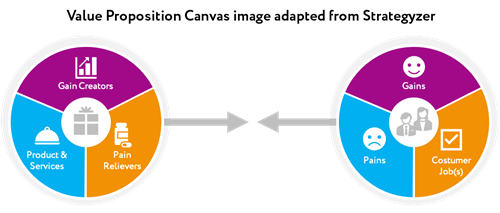Dr Marzia Bolpagni of Mace explores technology and outcomes and its impact on digital transformation in the final blog of the Cutting Through the Hype series.
I
’ll start with a warning. An embrace of technology without strong internal processes is a recipe for failure. Put another way, the consultancy sector must not reduce digital transformation to chasing after the latest technology fad - and then hoping we can find some way to sell it to our clients.
Instead, business must invest the time and resources to get under the skin of their client’s businesses, understand what they value and then use a disciplined process to select technologies that form part of a package to meet their needs. So as a first principle your technology and digital specialists must have a strong relationship with the client facing side of the business.
There are many different processes you can use to give you this discipline– but I’m going to share one we’ve used successfully at Mace. We call this the 'value canvass' and its very simple, but also very powerful.
The process starts on the right hand side of the image with actions to build up a profile of your customer. The first task is just to identify the jobs that the client wants done. Once you’ve captured that basic information you can move on to uncovering what is causing them pain and what they want to avoid happening. Then comes the question of value. What are they looking to gain by doing these tasks and avoiding these pains? Fundamentally what does this organisation value and how are they measuring success?
If you are going to select the right technology for the job, you mustn’t forget that not everyone values the same things. ACE’s Future of Consultancy strategy highlights the differences with the Five Capital Model with its five different categories of value – natural, manufactured, environmental, financial, human and social.
This isn’t a bad place to start – but again don’t forget to stay client focused. The technology options most attractive to you as a consultancy are unlikely to map neatly on to your client’s world view.
Once you’ve done this analysis, you can then switch to right hand side of the value canvass and start identifying a package of products and services that can deliver your client’s priority tasks, while also tranquilising their pain points and maximising their gains. This process should give you a fighting chance of selecting the right technologies for the job – and putting technology in its proper place as part of an integrated value proposition.
Developing a value proposition
I’ll finish by describing how we applied this approach to some recent work with government client.
The basic task that the client was looking for was to have all the assets in their construction capital programme designed to support better lifecycle management.
When we unpacked this need we found several sources of pain they wanted to avoid. This included having to start a new design for each asset, the difficulties they had previously encountered with checking that deliverables were compliant with requirements and also some detailed issues around managing the multiple classification schemes for project information used in different parts of the estate – in this case Uniclass 2015, RICS’s NRM3 classification and CIBSE’s SFG20.
Similarly, when we explored what the client valued, we found that while they were looking for gains in terms of cost and time savings, they also had aspirations to become a learning organisation, creating a demand for more and better quality information. We also discovered that generating competition in the market was important – driving a desire to avoid proprietary solutions wherever possible.
This allowed Mace, to build a value proposition that bundled together elements of Design, Digital and Modern Methods of Construction (MMC).
We looked to relive our clients pain points by creating some standard naming conventions to allow information generated by the project – and about the existing estate - to be better identified, controlled and managed. We also introduced a Design for Manufacturing and Assembly and Assembly (DfMA) approach to allow enable standardisation and repetition of designs.
On the gains side of the equation we used open standards to match the clients desire to avoid reliance on proprietary systems. More innovatively we introduced virtual reality to improve engagement with stakeholders around the design and also for asset maintenance. Finally, we deployed machine learning to map the different classifications allowing more accurate design that, together with information models and rule based code checking, speed up the validation of design and increased the quality of information delivered to the client. This allowed us to get to a sign off with the Cabinet Office in just eight days, a milestone that previously typically took 28 days.
The first pilot scheme for the client using this approach – a new headquarters building – has already delivered substantial time savings and quality improvements for the client and we are confident that with greater use of standardisation these benefits – and the value delivered will only grow over time.
The campaign, Cutting Through the Hype runs over 2021 and is led by ACE's digital transformation group. This blog is the final in a series of five exploring digital transformation. Download your copy of the report below.

